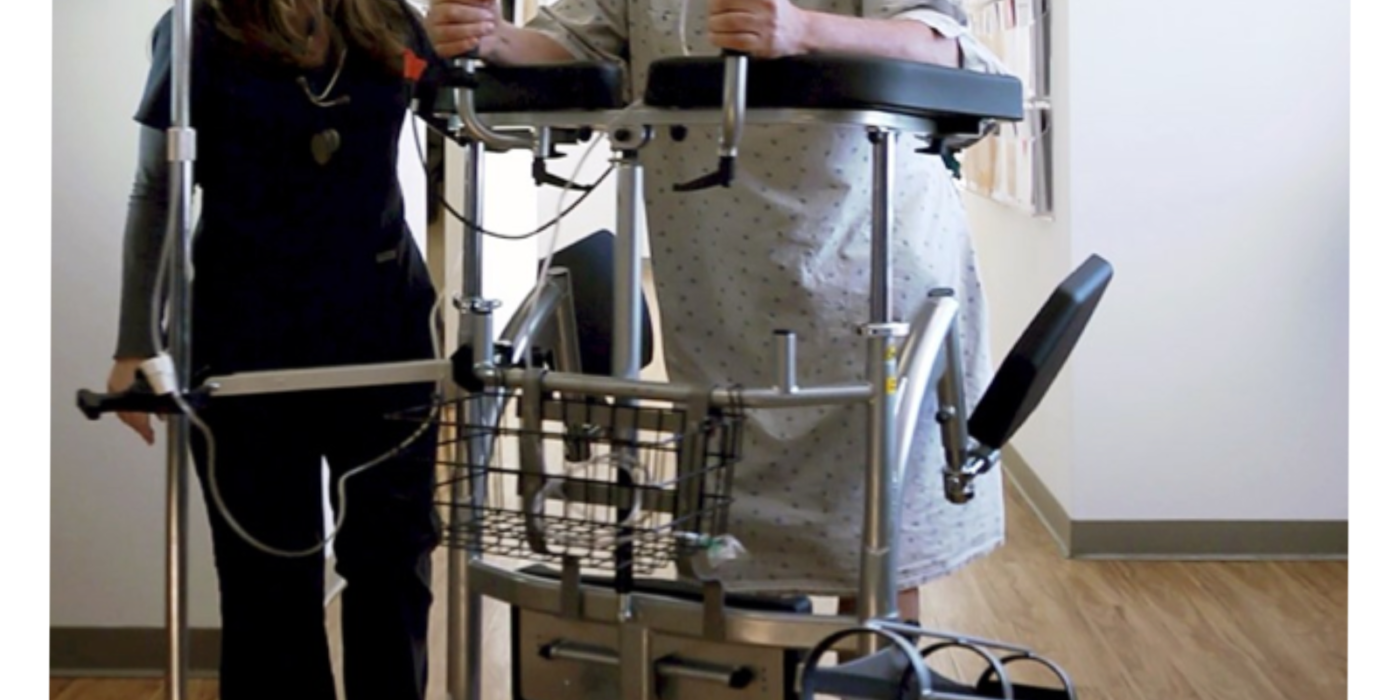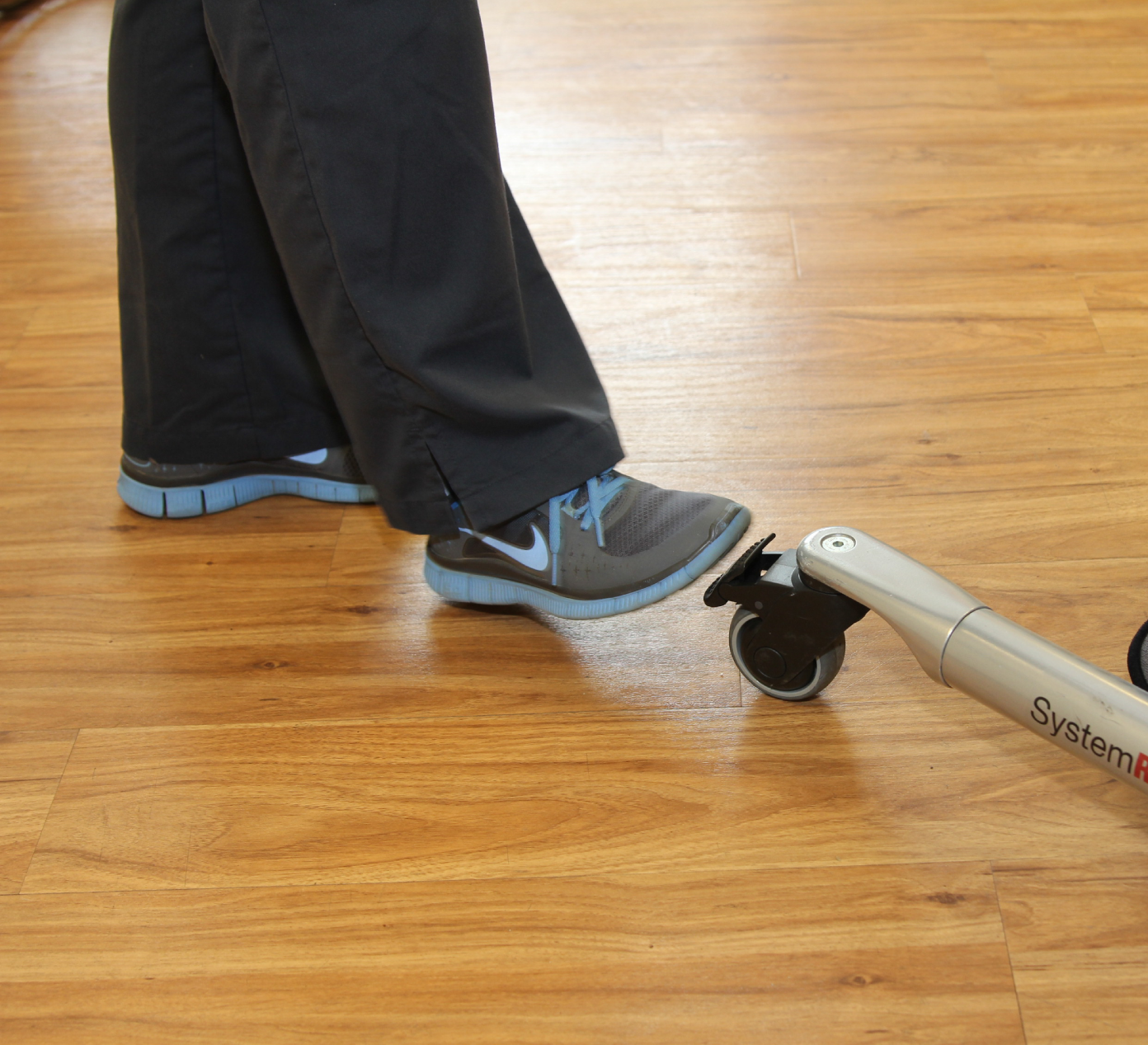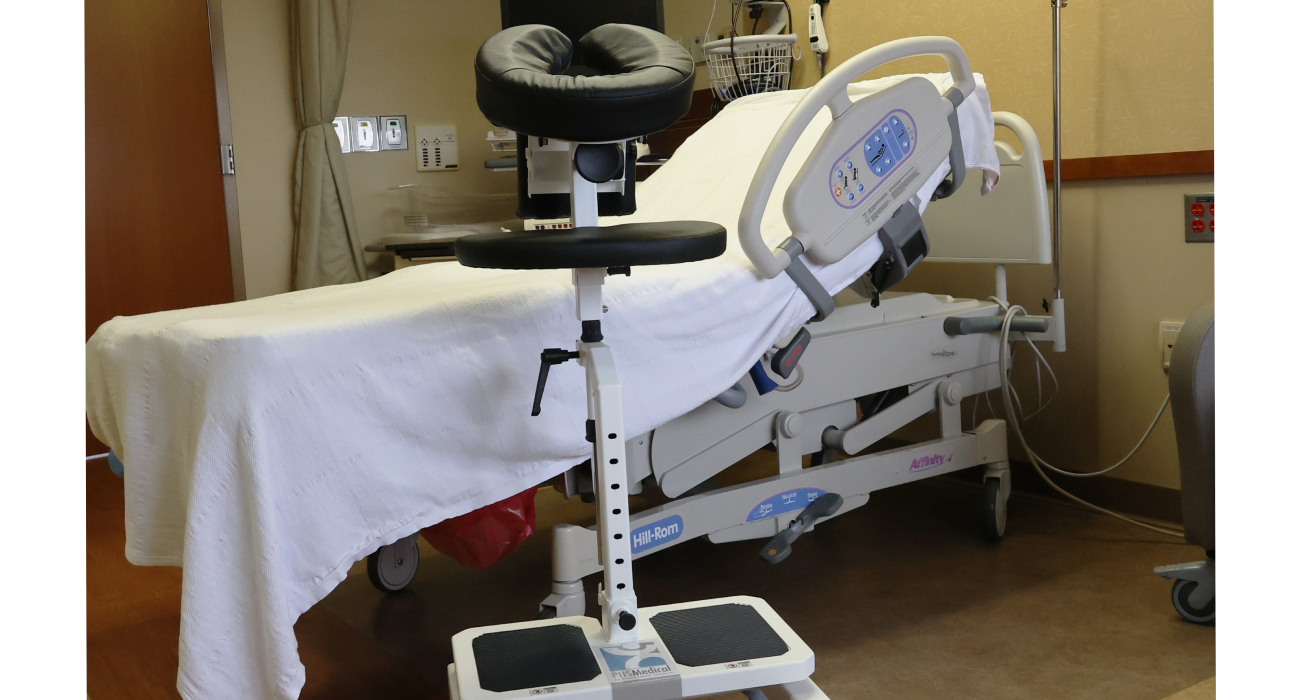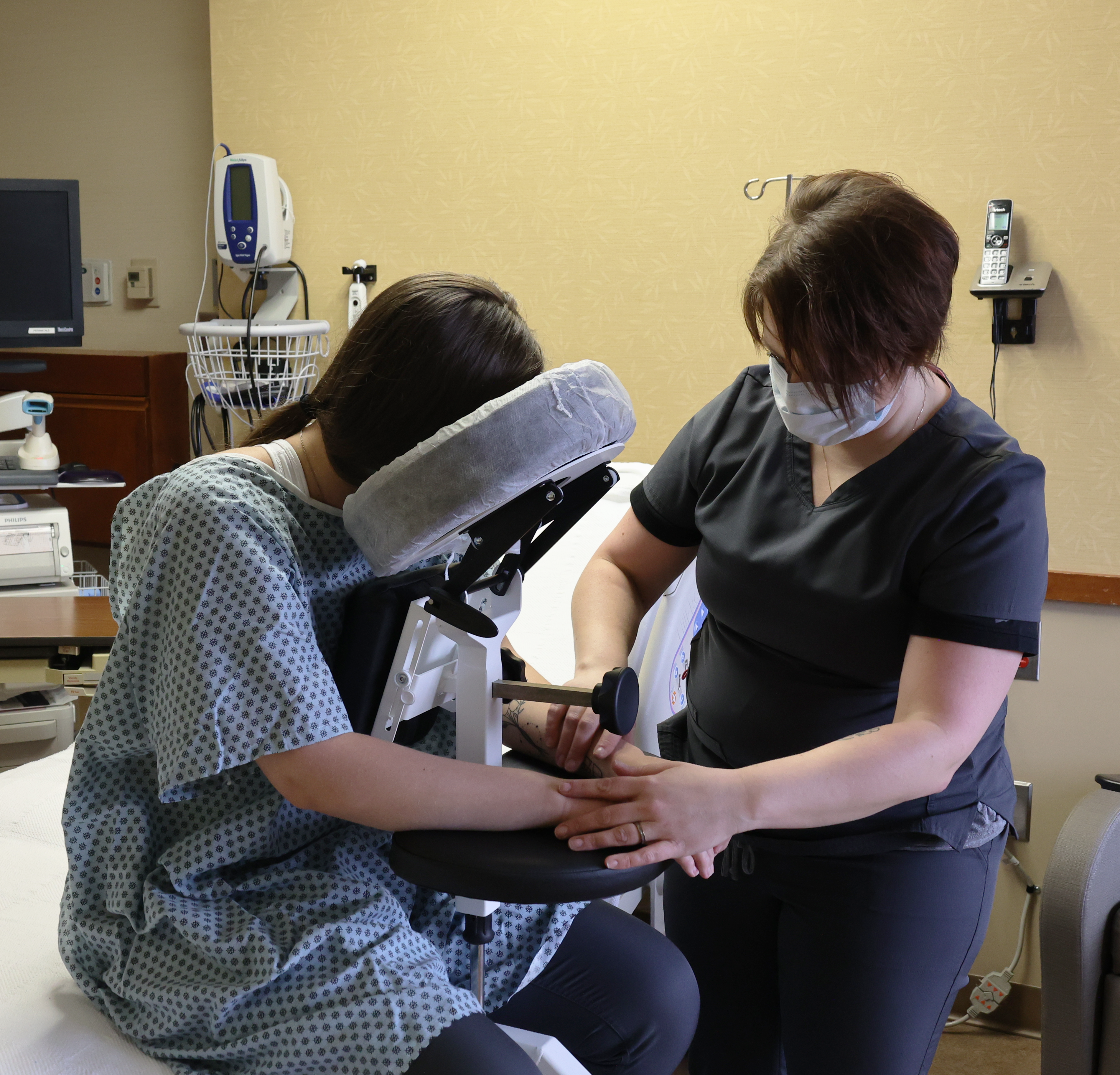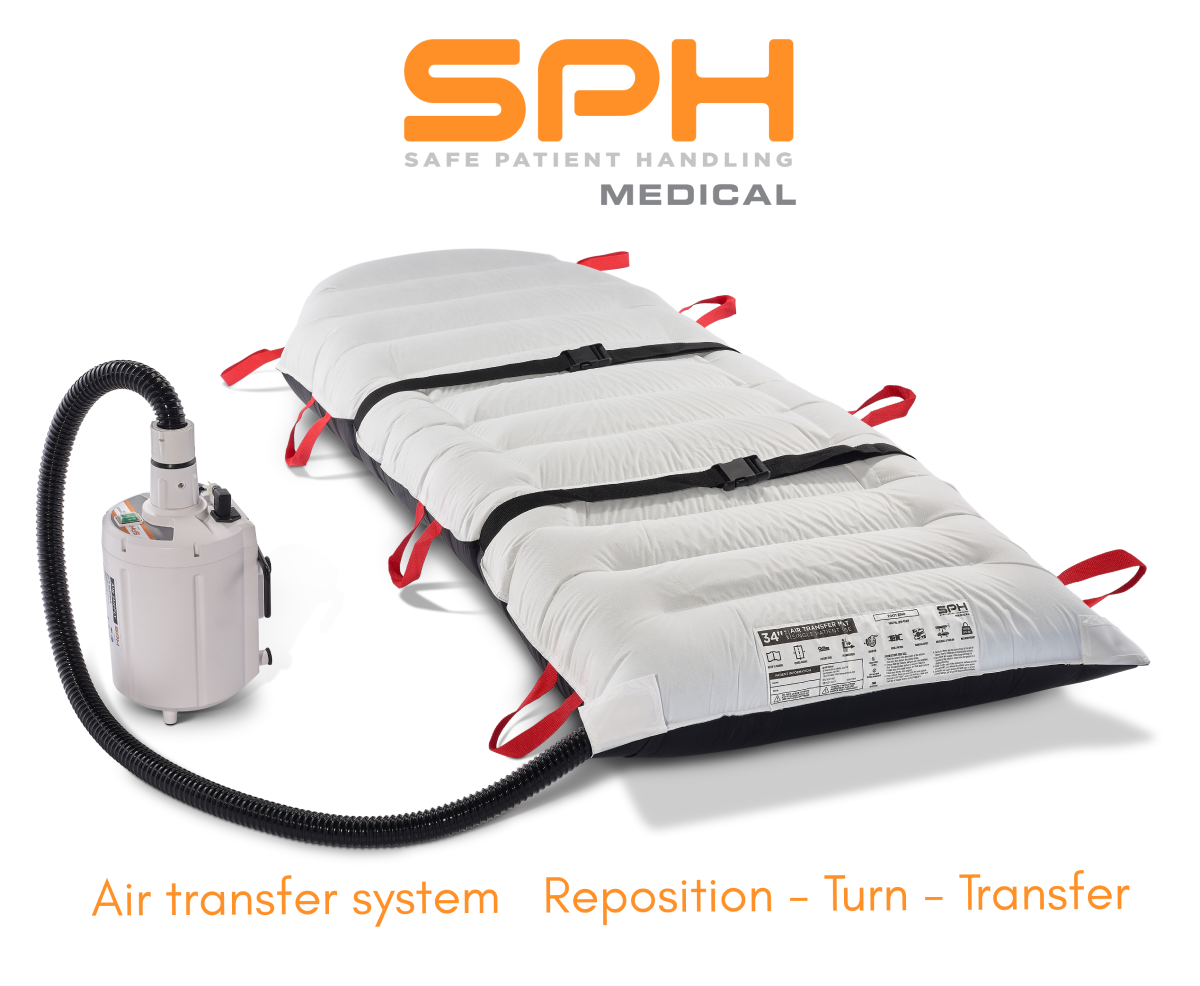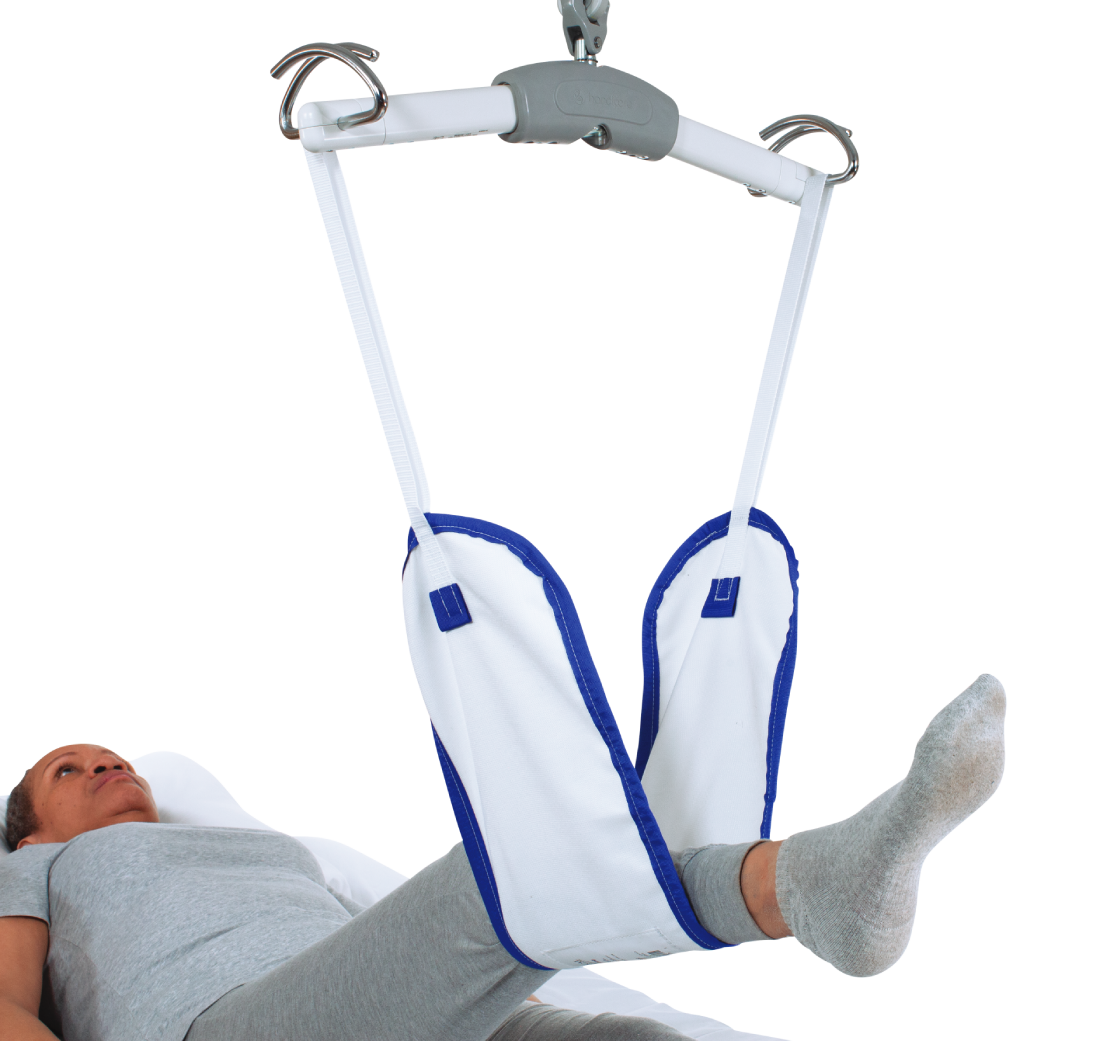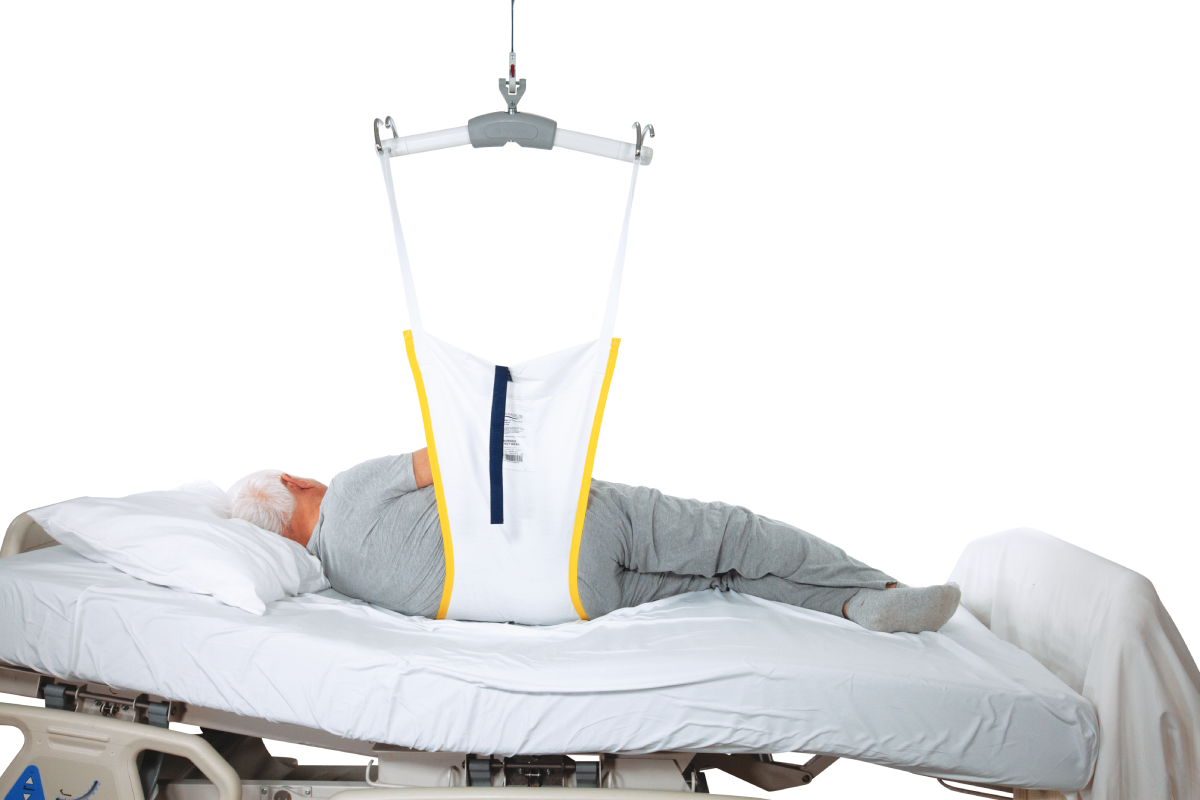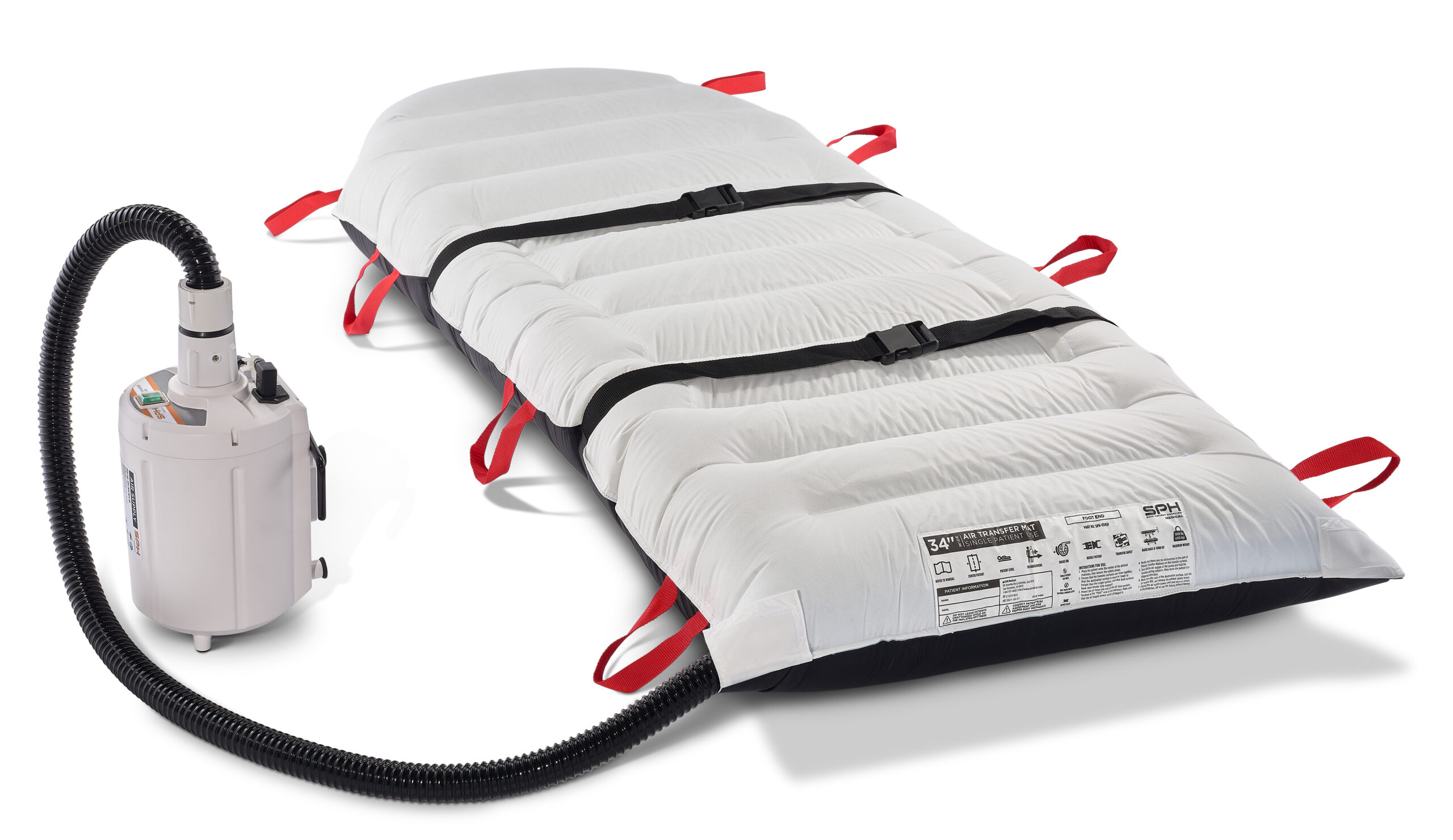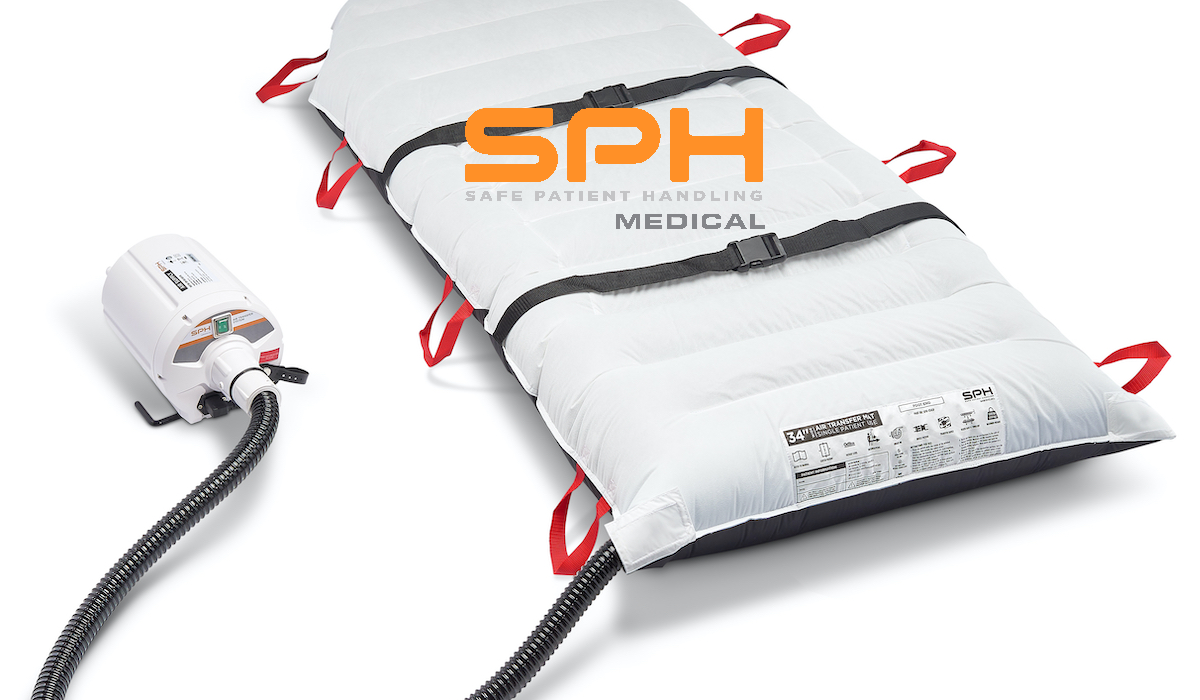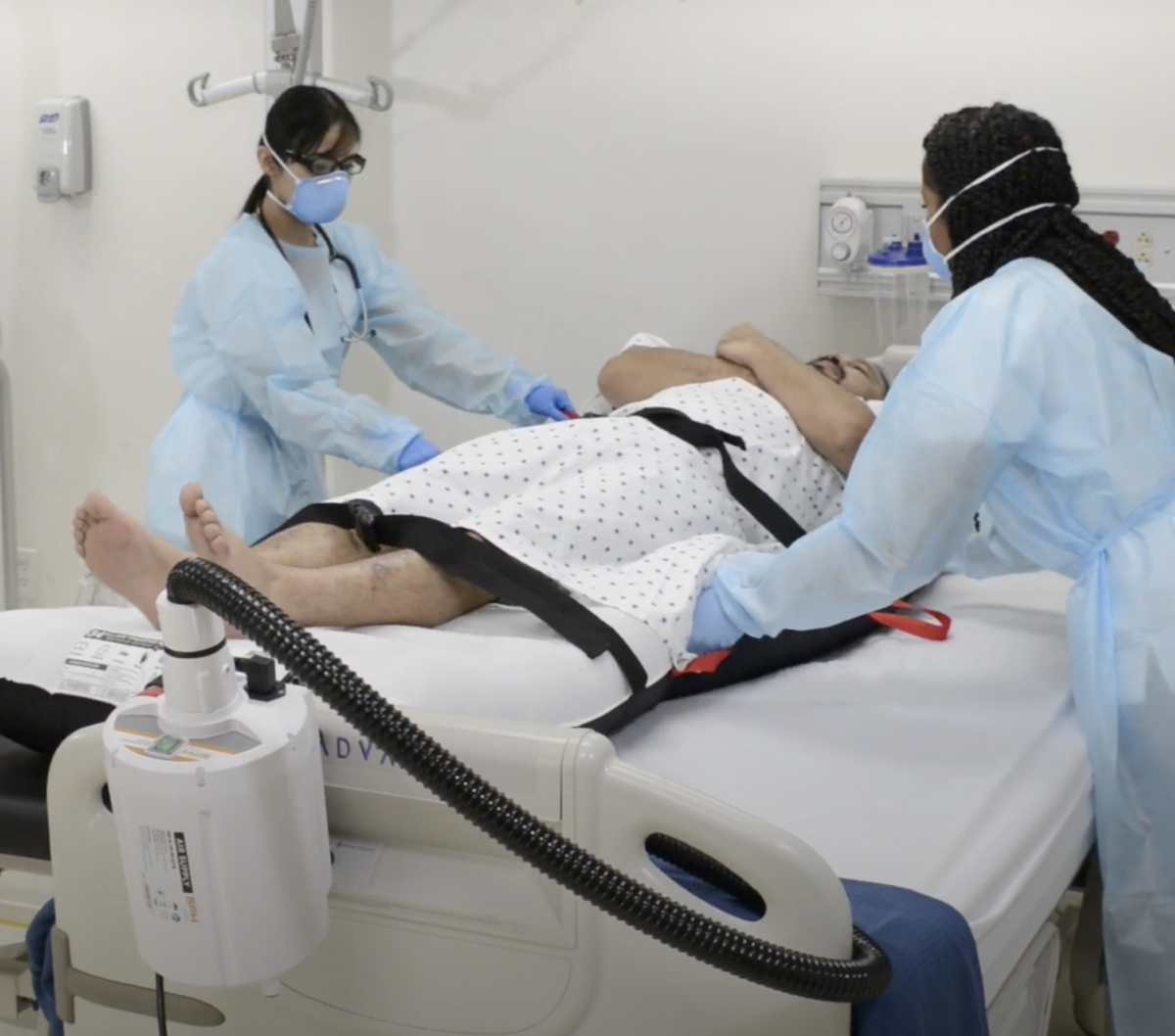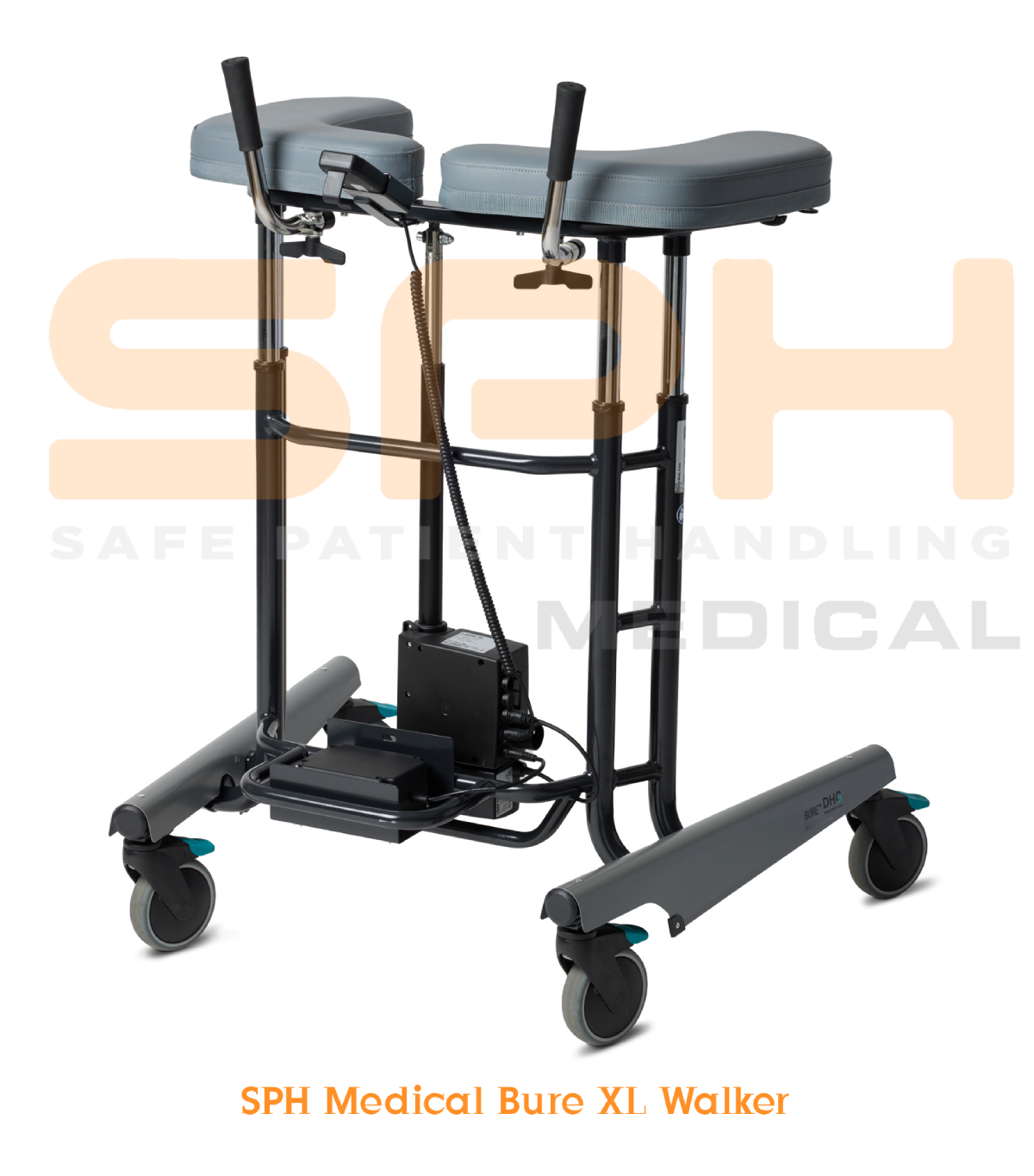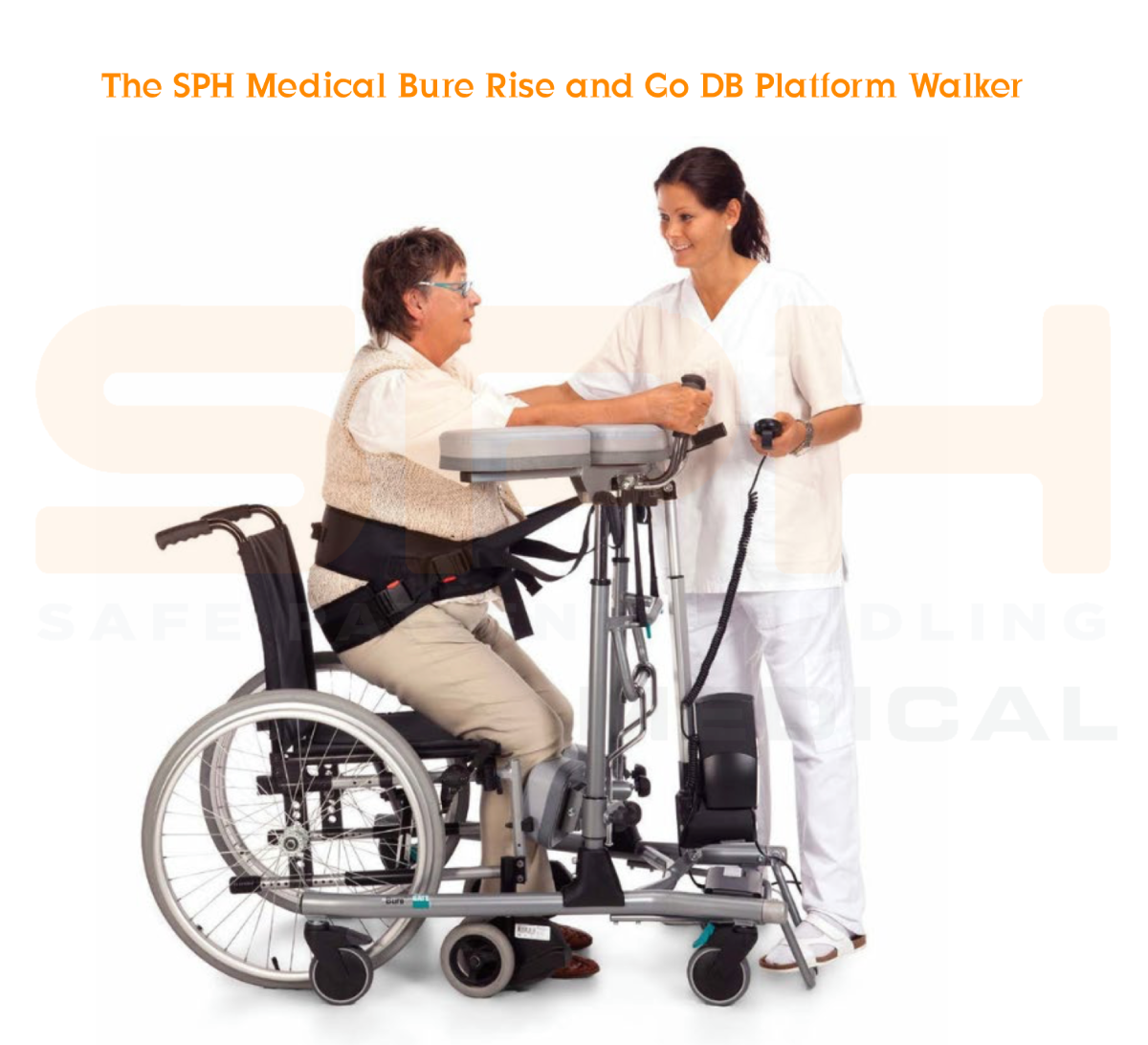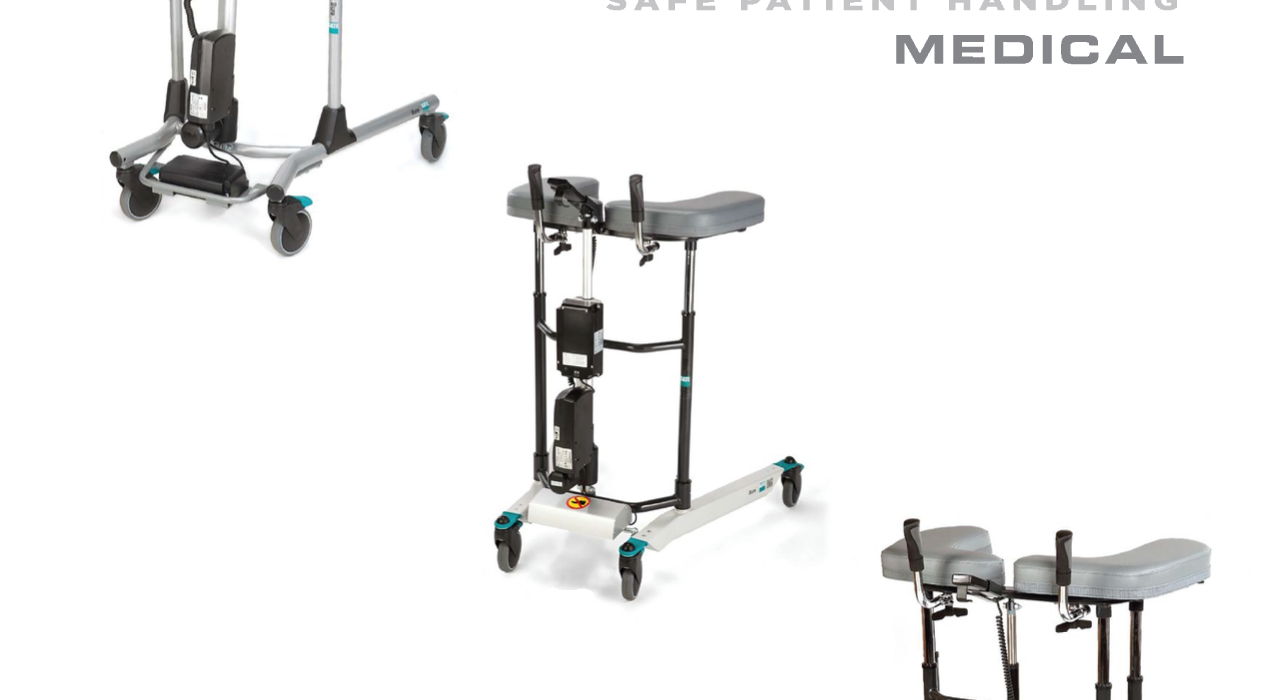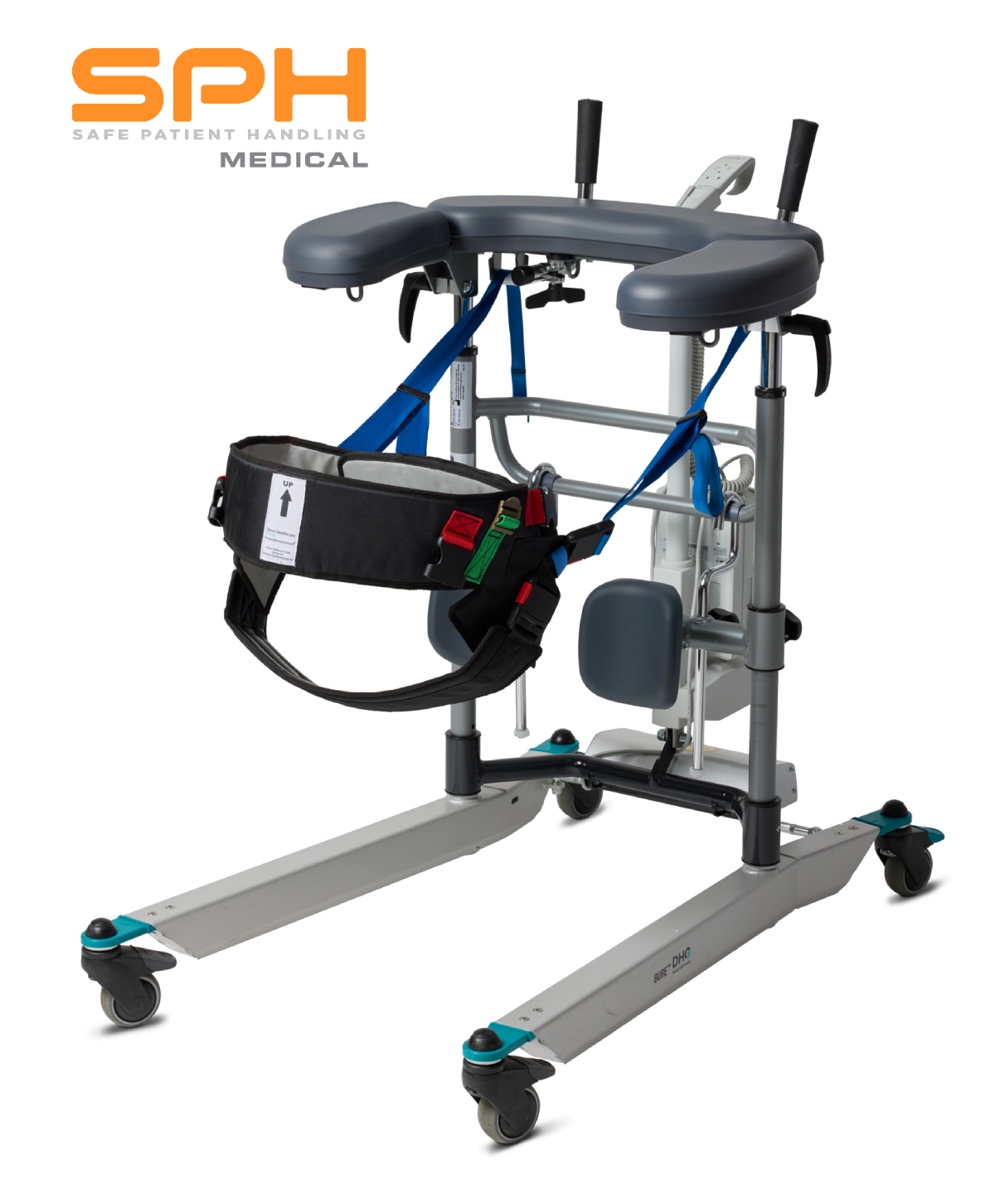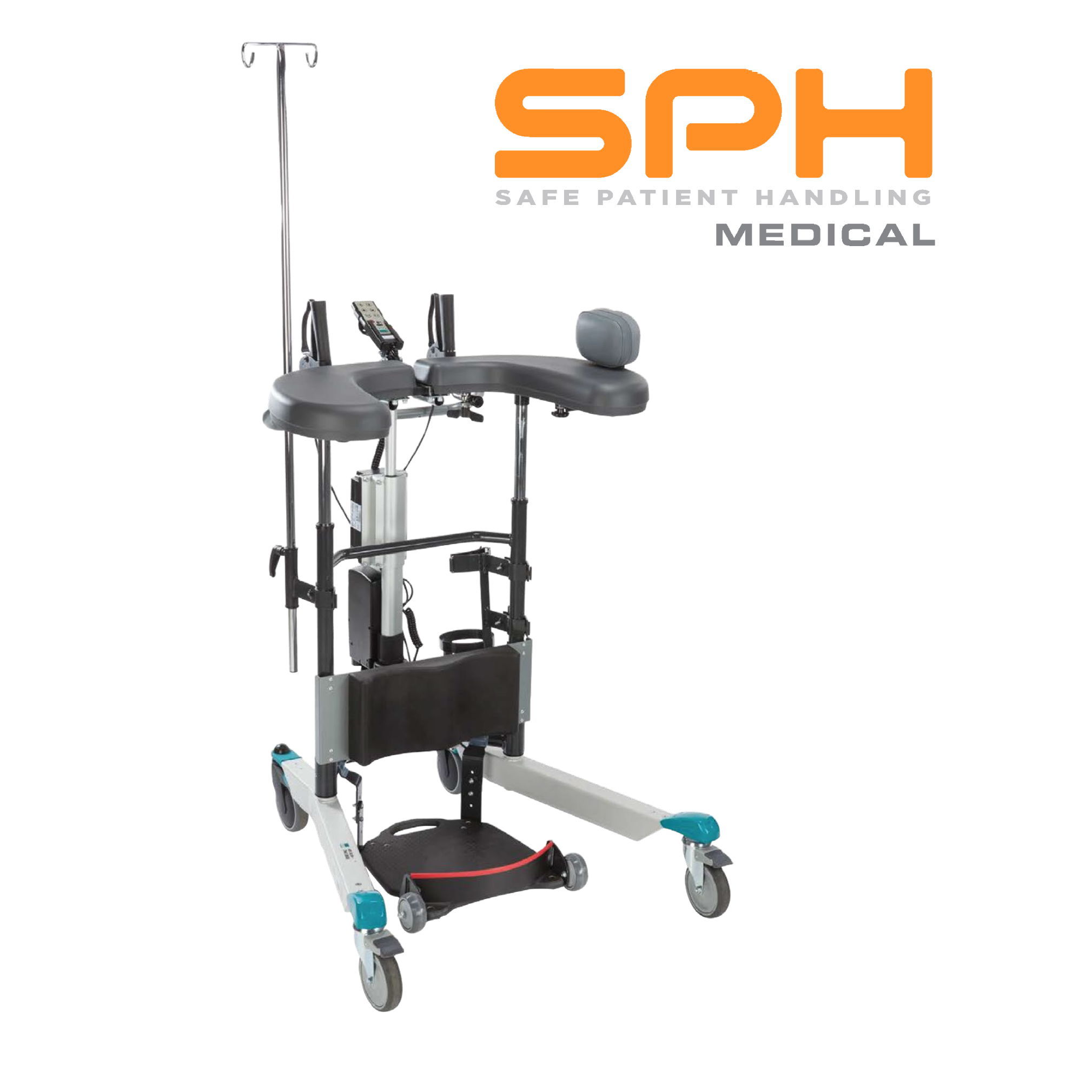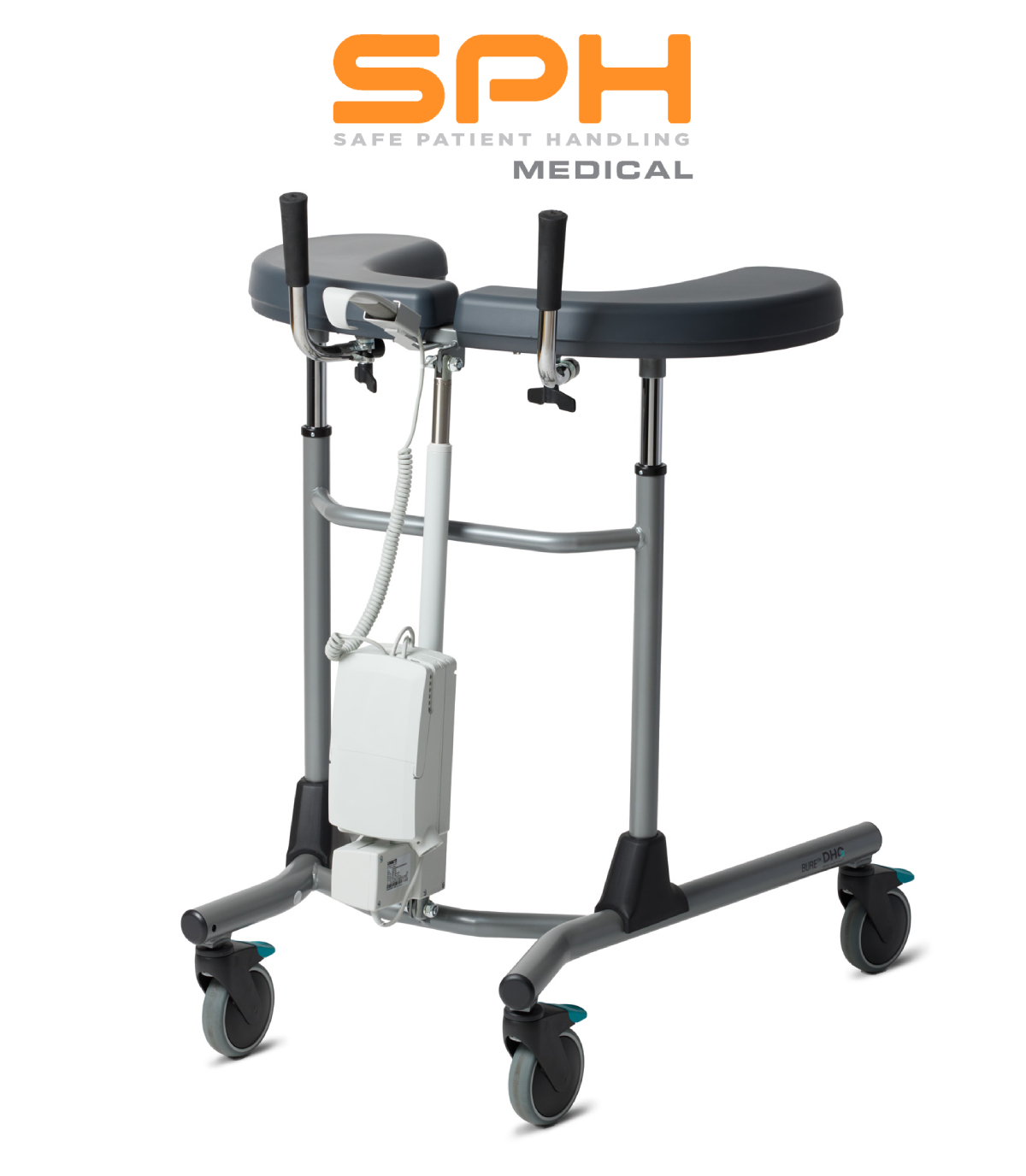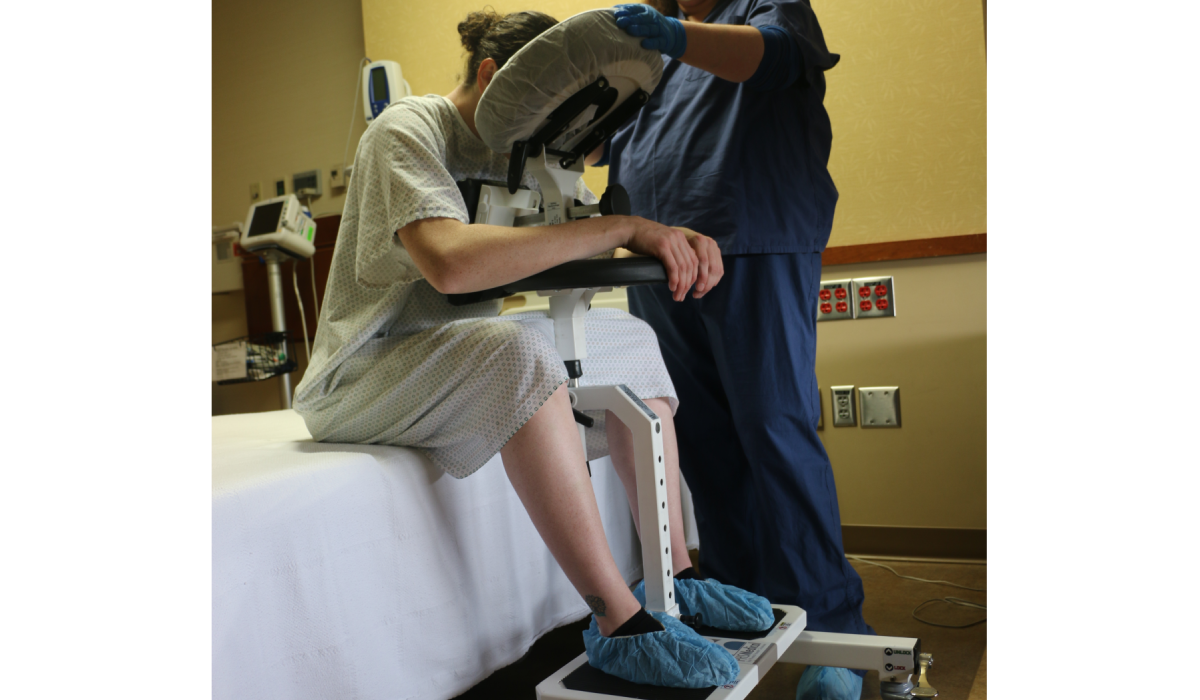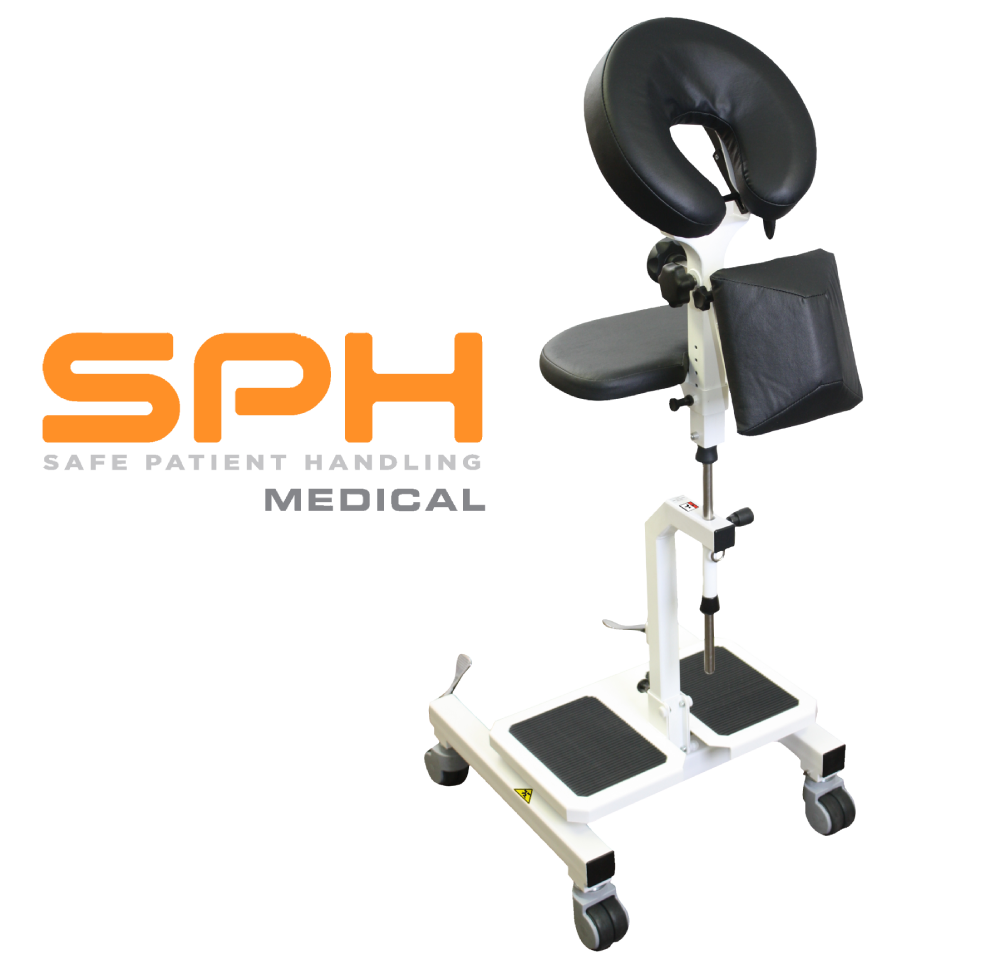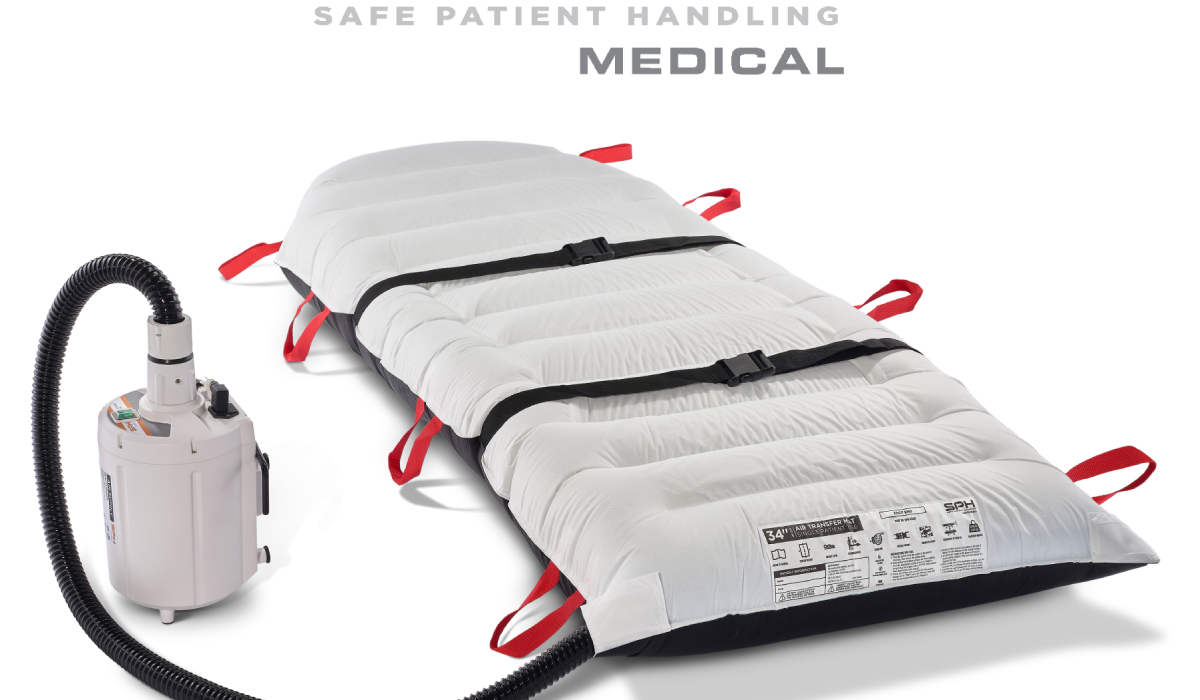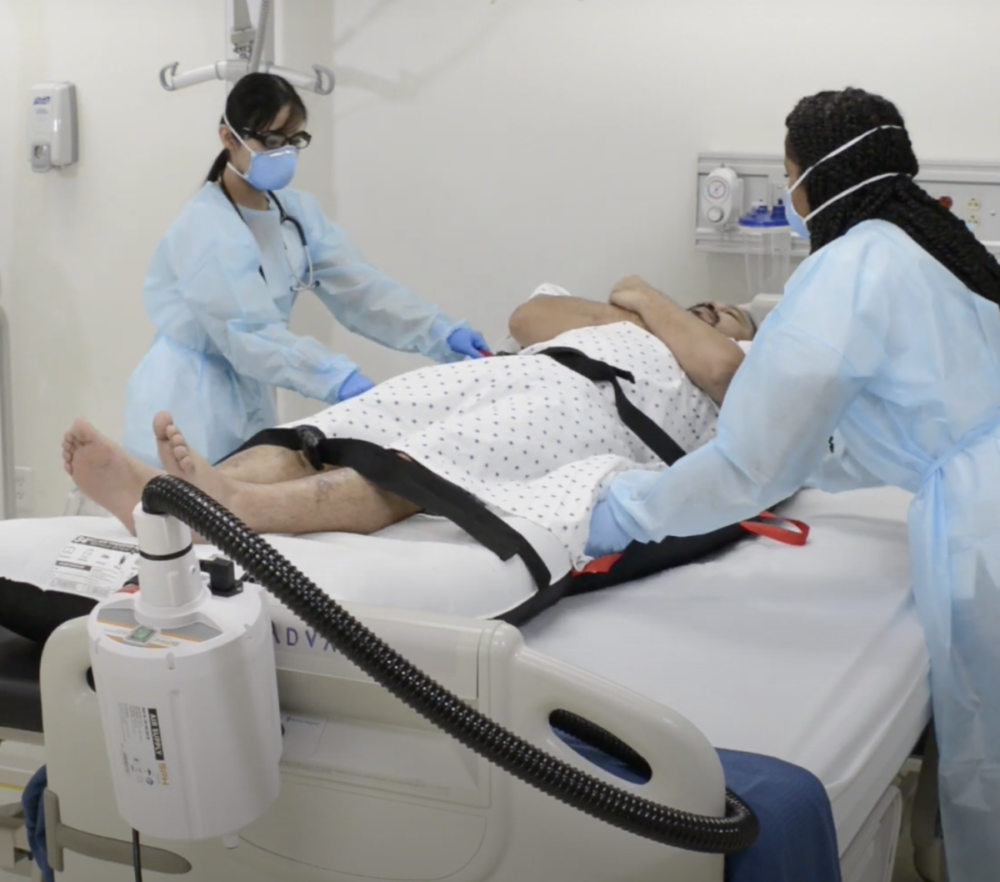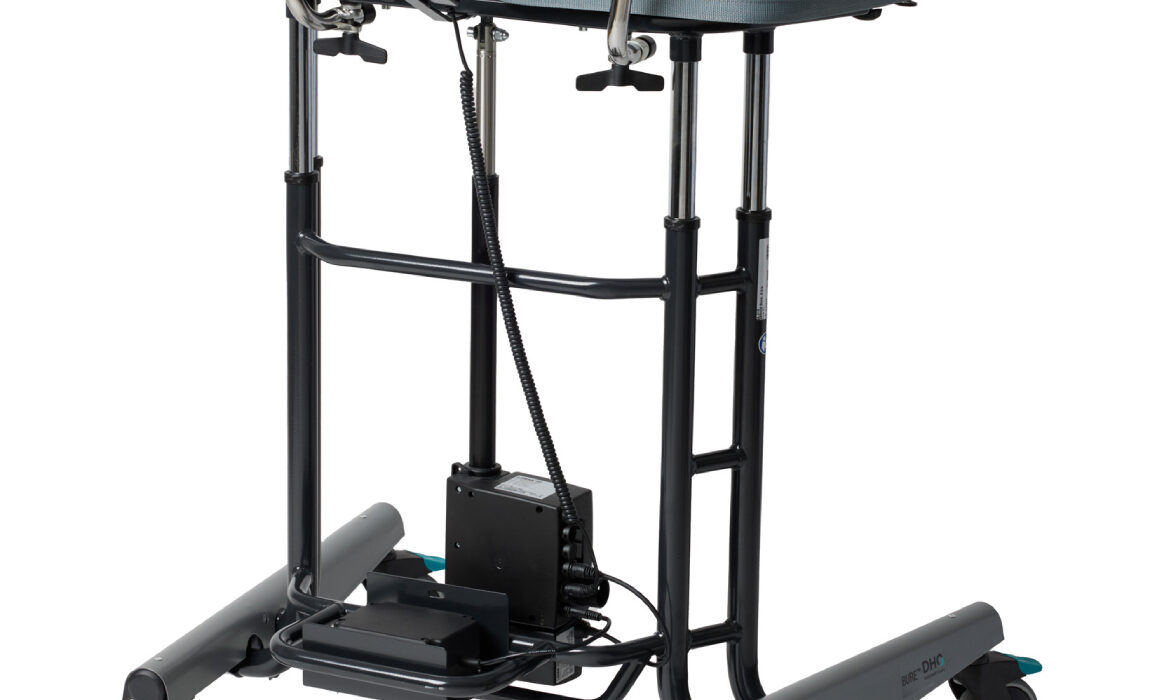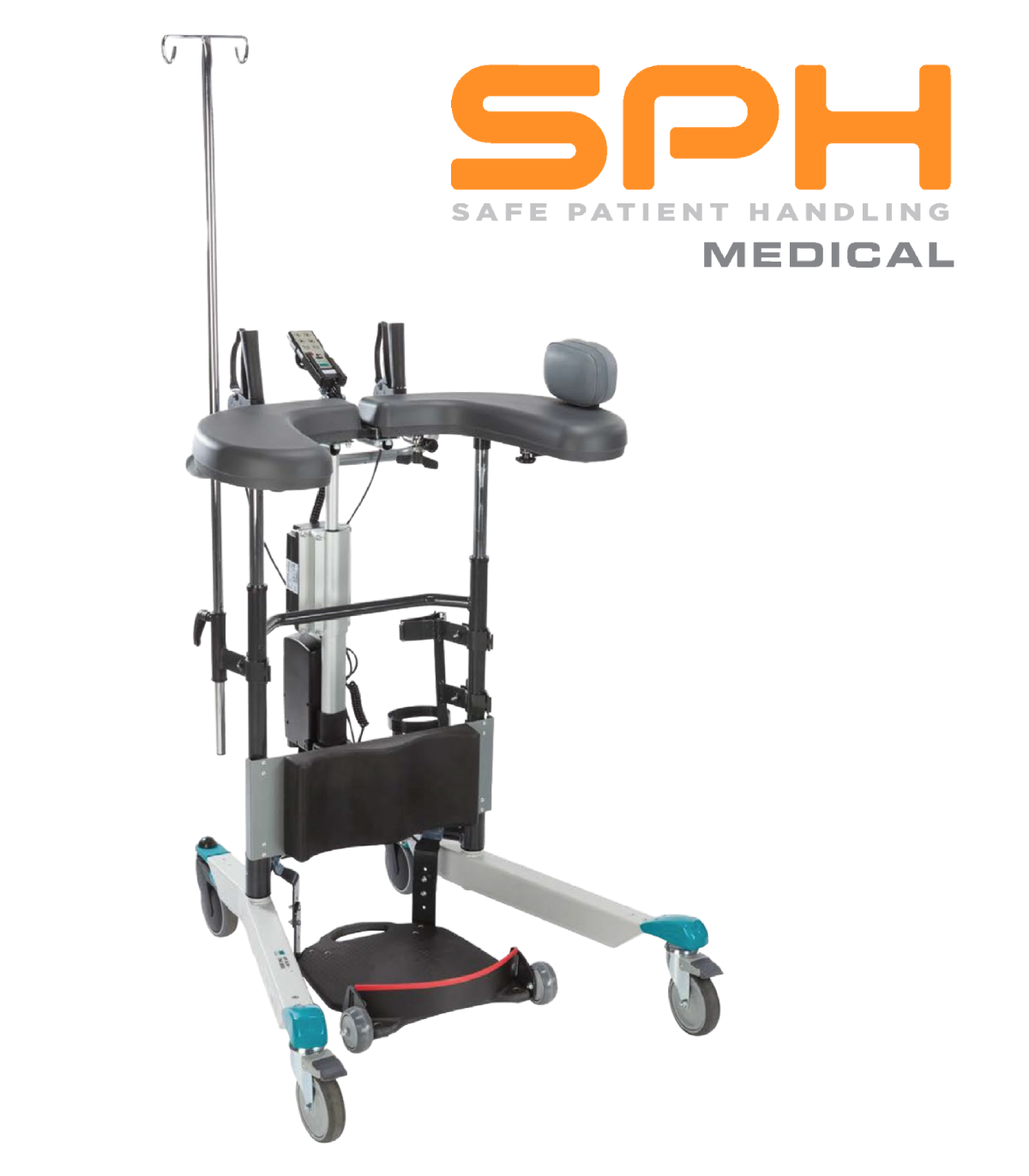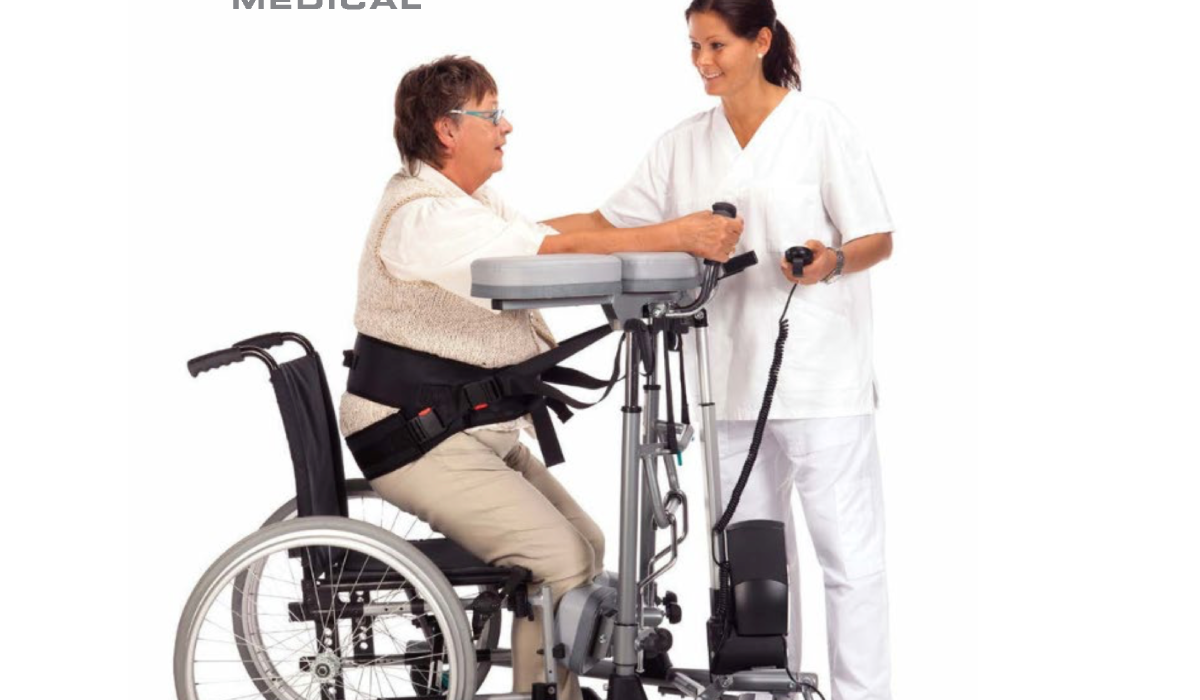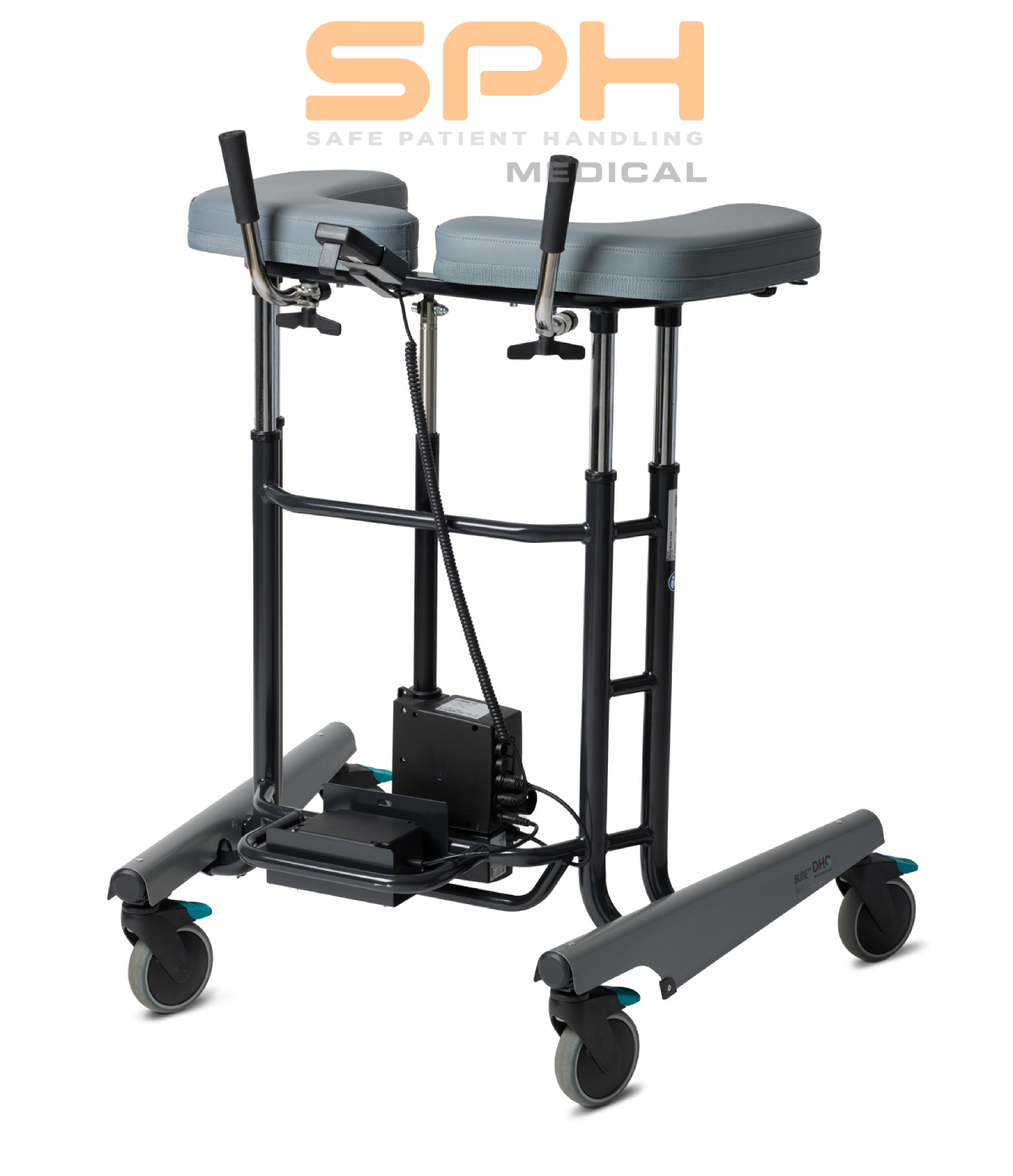In the realm of healthcare safety and mobility, SPH Medical stands at the vanguard of innovation. Today, we spotlight a product that exemplifies our commitment to excellence the SPH Medical RoWalker, the unrivaled cardiac platform walker for ICU early mobility programs.
The Imperative of Early Patient Mobility in ICUs and Rehab Settings
The critical role of early patient mobility in Intensive Care Units (ICUs) and rehabilitation settings is a well-documented fact in contemporary medical research. A growing body of evidence strongly emphasizes the substantial impact of early mobilization post-treatment in expediting recovery times.
A study published in Springer’s Intensive Care Medicine journal underscores the importance of initiating physical rehabilitation within a few days after ICU admission source. Similarly, research featured in ScienceDirect reveals that a controlled trial using a dedicated mobility team significantly enhanced the effectiveness of early mobilization in the ICU setting.
Furthermore, an article in the American Journal of Nursing demonstrates the efficacy of early mobility in an ICU setting, revealing improved patient outcomes following the implementation of an early mobility program source. Another study in the Physical Therapy Journal found that a nurse-driven mobility protocol provided significant benefits to ICU and intermediate care unit patients.
Moreover, research published in Sage Journals associates the implementation of an early rehabilitation program with a reduced length of stay in multiple ICUs source. A systematic review in PLOS ONE also suggests that early mobilization during ICU stay may lead to more considerable benefits, particularly in settings where there is currently no early intervention.
However, despite the overwhelming evidence supporting early patient mobility, implementing these critical protocols can present significant challenges. This is particularly true when accommodating the diverse needs of patients of different sizes. It is in this context that the RoWalker emerges as a game-changer, providing an innovative solution to address and overcome these challenges.
Introducing the SPH Medical RoWalker
The RoWalker is nothing short of a revolution in the field of early mobility. Designed with meticulous precision to overcome the hurdles of ICU early mobility programs, it places patient safety and comfort at the forefront, catering to patients of all sizes with unerring ease. It’s the definitive solution for early patient mobility.
Standout Features of the SPH Medical RoWalker
The RoWalker’s design marries functionality with cutting-edge innovation. It boasts an adjustable height setting to accommodate a wide range of patients. Integrated seat flaps not only prevent falls but also allow patients to rest when necessary, fostering a sense of autonomy and dignity in care.
What truly sets the RoWalker apart is its impressive weight capacity of up to 400lbs, making it an all-encompassing choice for patients of all sizes. Furthermore, it offers optional accessories such as an IV Pole, Oxygen Tank Holder, and a front basket, ensuring that even the most complex ICU patients have all necessary equipment during ambulation.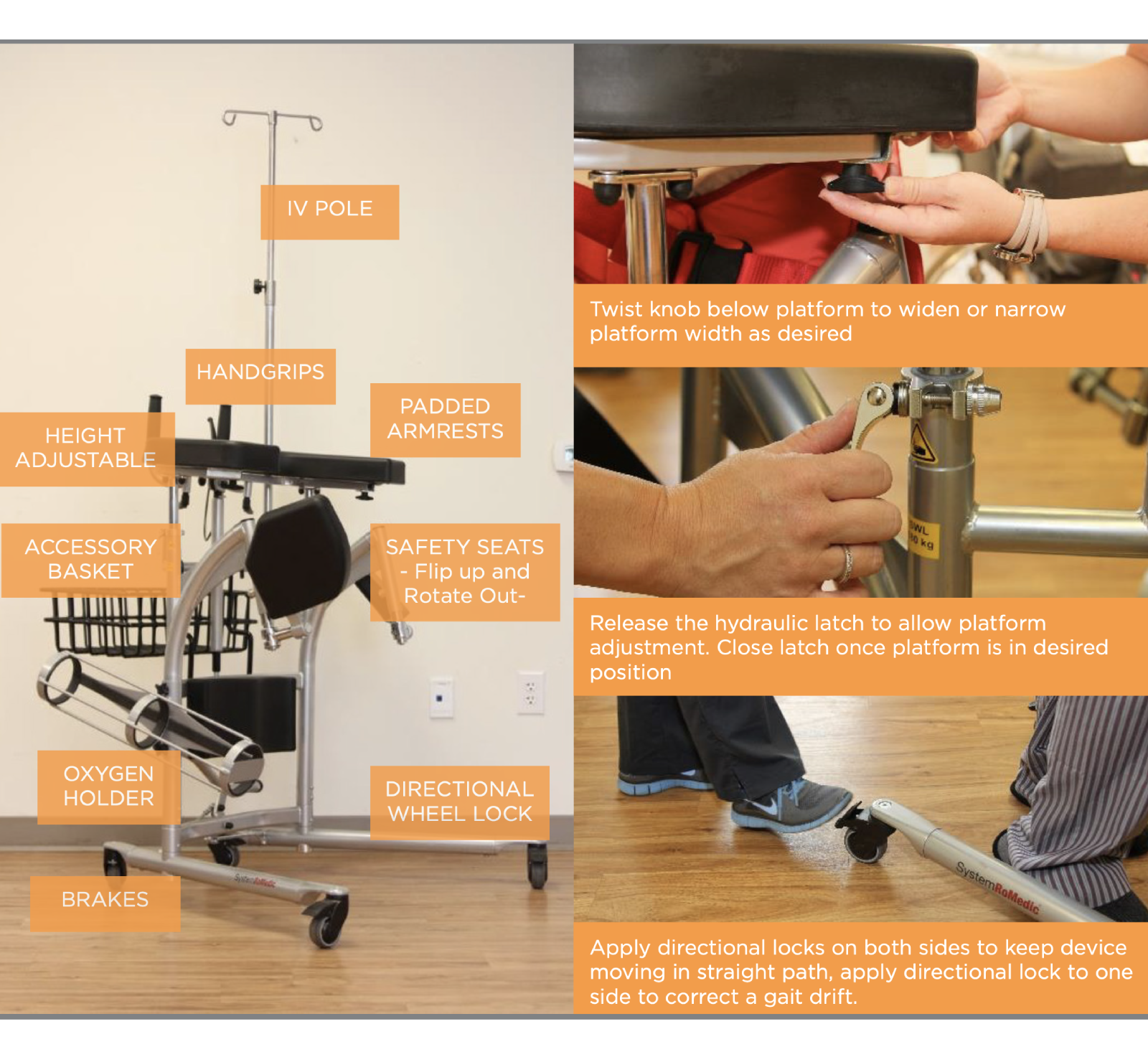
- Boasting a remarkable weight capacity of 400 lbs
- Facilitate early patient mobility and expedite hospital discharge times
- Encourage patients to surpass their mobility milestones
- The RoWalker accommodates all essential equipment for complex patients; IV Pole, O2 tank holder, basket for cardiac monitor
- Minimize the risk of falls with superior safety features including seat flaps
- Padded Table / Arm Rests are width adjustable
- Directional Locking castors allow the RoWalker to track in a straight line down hallways
The Unrivaled Benefits of the SPH Medical RoWalker
The RoWalker transcends the definition of a mobility aid; it’s a watershed moment in patient care. By enhancing patient mobility, reducing injury risk, and improving comfort levels, the RoWalker is redefining standards of care. Real-world case studies bear testament to these benefits, demonstrating a marked improvement in patient recovery times with the integration of the RoWalker into care routines.
The RoWalker at Work: Empowering Patients of All Sizes
Patients of all sizes often grapple with unique mobility challenges, necessitating specialized care and equipment. The RoWalker, with its robust construction and accommodating design, is tailor-made to meet these needs. Our data unequivocally shows a significant surge in early patient mobility among patients of all sizes following the introduction of the RoWalker, underlining its unmatched effectiveness.
Conclusion: The Game-Changing Impact of the SPH Medical RoWalker
The RoWalker represents a seismic shift in early patient mobility. Its innovative design, coupled with its extraordinary safety features, cements its position as the gold standard of early mobility platform walkers. We extend an invitation to healthcare professionals committed to enhancing patient outcomes to experience the transformative power of the RoWalker firsthand.
In conclusion, the RoWalker by SPH Medical is more than a product it’s a pledge. A pledge to enhanced patient mobility, unparalleled care, and expedited recovery times. Embrace the future of patient care with the RoWalker today.

